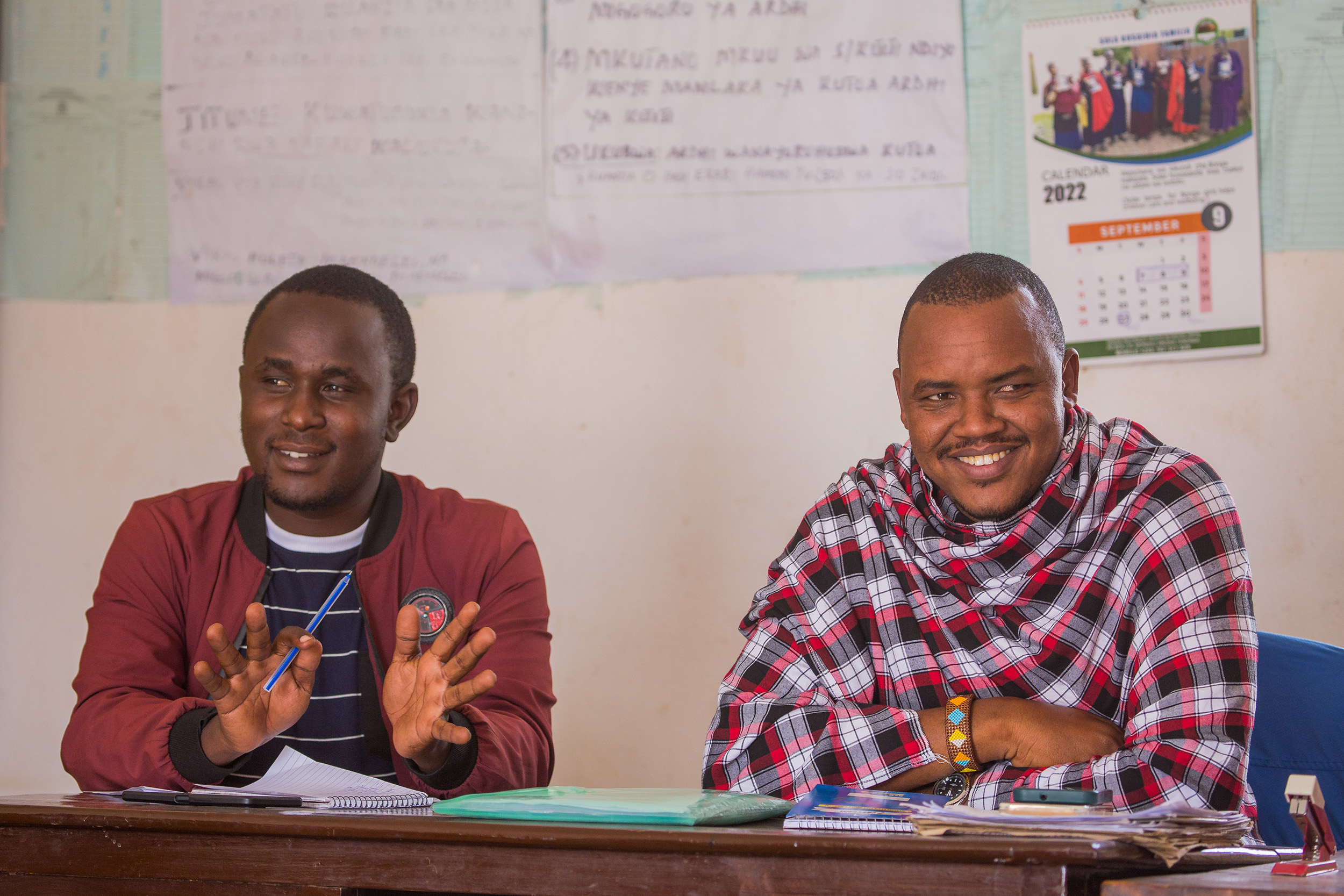KAP research (Knowledge, Attitude, Perception)
The start of our information campaign was preceded by a survey among the communities in the project area. We used this approach to objectively assess the attitudes and use of local people's knowledge about the state of the forest, their understanding and perception of the consequences of the current environmental situation, and their willingness to change consciousness and behaviour. First we interviewed 214 respondents in 4 rural districts to determine their level of awareness of the project's thematic areas and their preferences for the choice of information sources/channels/activities that would be effective in increasing their environmental knowledge.
The target groups selected were:
1. Representatives of local authorities at the rural district, village level (village administrations, forestry);
2. Representatives of social institutions (schools, kindergartens, hospitals, first aid points);
3. Representatives of different associations and groups: religious (mosques), pasture committees, water users associations, political parties, NGOs etc;
4. General population: dependent users of natural resources (focus on pilot communities): forest users, pasture users, product processors, etc.; women, elderly, people with disabilities.
The results of the survey showed that the level of environmental awareness and readiness to change the consciousness and behaviour of the population was below average (on a scale from 1 to 10 it was 4). The planned information campaign should have raised the level by at least 3 points. According to the results of the final KAP survey conducted among 332 residents in the two districts within the project area, the score would be 7. Thus, the level of environmental awareness was 10 points after the end of the project.
The KAP baseline and final surveys were conducted in an open and friendly manner on the part of the local people who participated in the survey. Their attentiveness, careful reflection on the answers and honesty gave an objective picture of the level of public awareness and knowledge of the use and conservation of walnut forests and rangelands. Careful preparation of the study also played a big role, including the design of the questionnaire in local two languages, effective sampling of respondents, inclusion of female interviewers, taking into account local mentality and traditions, etc. This helped us to build and implement an effective information campaign in which local communities were given a central role.
During and after completing the KAP studies, it became clear to us that when interviewing local people, it was advantageous to know their mentality, life, everyday life, conditions that enable them to generate income from renting forest plots, collecting, processing, selling nuts and other forest products. The language and wording of the questionnaires were also important to people. The simpler and clearer the questions are phrased and the more accessible their language, the easier it is to get a clear and direct answer. And another important lesson lies in the behavior of the interviewers themselves, in their politeness, friendliness and willingness to explain or reformulate the question.
Сommunity-based information campaign
In creating the information events plan, we used the edutainment principle and tried to make the events diverse and interesting for people of different statuses, occupations and ages. The main role in each event or activity was given to local people. They had to take an interest in ensuring that the condition of the walnut forests and other environmental problems in their area was addressed, not exacerbated. For example, in the third year of the March for the Parks, we saw a change in the attitude of the Dashman Nature Reserve staff towards this environmental action. The event, which some time ago was "on duty" and, in their opinion, was only our duty and responsibility, has now been seen by them as the transfer of knowledge to the younger generation and the cultivation of a caring attitude towards the forest in schoolchildren. On the day of the March of Parks, staff members of the zapovednik nature reserve donned their ceremonial Marine Wave uniforms, took schoolchildren on excursions to the forest, told them interesting facts about the flora, recalled practical cases and participated in a litter pickup on the territory of the zapovednik. Our summer school "Chyirak Zhangak" ("Strong Walnut") for high school students has become a place that is impossible to enter without a competition. During the selection rounds, we received 45-50 essays from high school students wishing to attend the summer school. We had to make difficult choices among the best of the best because of the limitation on places for participants. In other events we could often count on the active participation and support of local people. During the filming of short films, they played occasional roles for free and lent their homes as filming sites.
